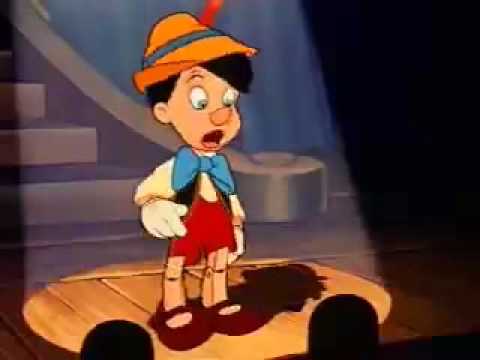Pinocchio – “I’ve Got No Strings” – Classic Italian Story
Pinocchio
“I’ve Got no Strings”
Classic Italian Story
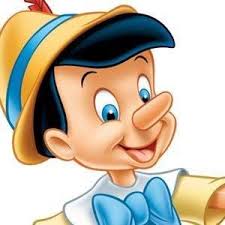
Classic Italian story – Picocchio – And the song that we remember from that movie. “I’ve Got no Strings”

The Adventures of Pinocchio, a children’s novel was written in 1883 by Carlo Collodi. Pinocchio is the name a variant of common “pinolo” or pine seed.
Pinocchio |
|
|---|---|
The Adventures of Pinocchio character |
|
Original art by Enrico Mazzanti |
|
First appearance |
The Adventures of Pinocchio(1883) |
Created by |
Carlo Collodi |
Information |
|
Species |
Wooden marionette (later Human) |
Gender |
Male |
Family |
Mister Geppetto (father) |
Nationality |
Italian |
Pinocchio is a fictional character and the protagonist of the children’s novel The Adventures of Pinocchio (1883) by Italian writer Carlo Collodi. Carved by a woodcarver named Geppetto in a village near Lucca, he was created as a wooden puppet but dreams of becoming a real boy. He is notably characterized for his frequent tendency to lie, which causes his nose to grow.

Pinocchio is a cultural icon. As one of the most reimagined characters in children’s literature, his story has been adapted into other media, notably the 1940 Disney film Pinocchio.
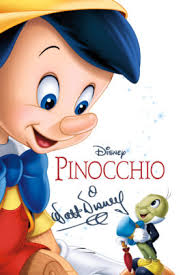
Pinocchio was created as a wooden puppet but dreamed of becoming a real boy. He has also been used as a character who is prone to telling lies and fabricating stories.
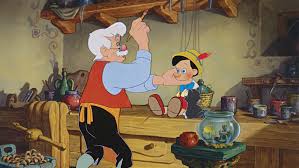
Pinocchio is known for having a short nose that becomes longer when he is under stress, especially while lying.

In the original tale, Collodi describes him as a “rascal,” “imp,” “scapegrace,” “disgrace,” “ragamuffin,” and “confirmed rogue,” with even his father, carpenter Geppetto, referring to him as a “wretched boy.” Upon being born, Pinocchio immediately laughs derisively in his creator’s face, whereupon he steals the old man’s wig.
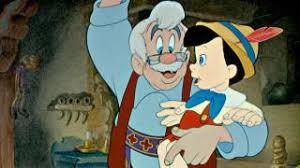
Pinocchio’s bad behavior, rather than being charming or endearing, is meant to serve as a warning. Collodi originally intended the story, which was first published in 1881, to be a tragedy. It concluded with the puppet’s execution. Pinocchio’s enemies, the Fox and the Cat, bind his arms, pass a noose around his throat, and hang him from the branch of an oak tree.

Pinocchio has been called an icon of modern culture and one of the most re-imagined characters in the pantheon of children’s literature.

Enjoy the Video Below
This site contains product affiliate links. We may receive a commission if you make a purchase after clicking on one of these links.


